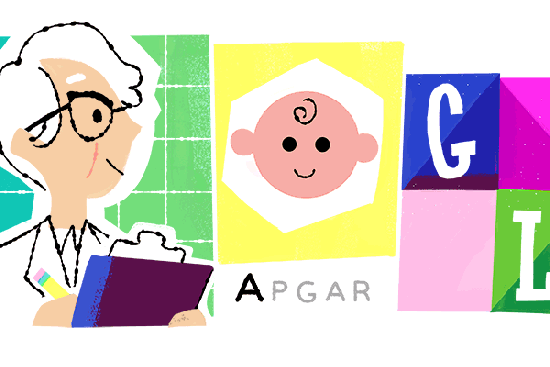
She would have been 109 today
Google is celebrating Dr. Virginia Apgar, a groundbreaking figure in the field of anesthesiology known for inventing a scoring system that is credited with saving countless newborn babies’ lives, with its new Google Doodle.
Born in 1909 in New Jersey, she is best known for inventing the Apgar Score, the first standardized way to test a newborn baby’s health in the first few minutes after the baby is born. Babies are assessed under five factors: appearance, pulse, grimace, activity and respiration. The first letter of each factor spells out Apgar’s name.
While Apgar died in 1974, the Google Doodle celebrates what would have been Apgar’s 109th birthday and features a cartoon of her conducting her namesake test, which was invented the test in 1952.
[time-brightcove not-tgx=”true”]Aside from the Apgar Score, she also accomplished numerous feats throughout her career. Apgar was the first woman to become a full professor at Columbia University College of Physicians and Surgeons. But her path to success was filled with numerous obstacles. Although she was determined to become a surgeon, Apgar was discouraged from the pursuit by Dr. Alan Whipple, who was the chair of surgery at Columbia. Whipple maintained that the other women he had trained had failed to establish successful careers in surgery.
But Whipple also recognized that Apgar’s skill could further the field of anesthesia, and she spent a year training in it after completing her surgical residency in 1937. Ahead of her time, Apgar had trouble finding people to work for her until anesthesia became a more acknowledged specialty in the 1940s, according to the U.S. National Library of Medicine.
Later, Apgar’s studies of obstetrical anesthesia led to her creating the Apgar score. After some initial resistance, the testing method became widely used throughout the world and is still used today.